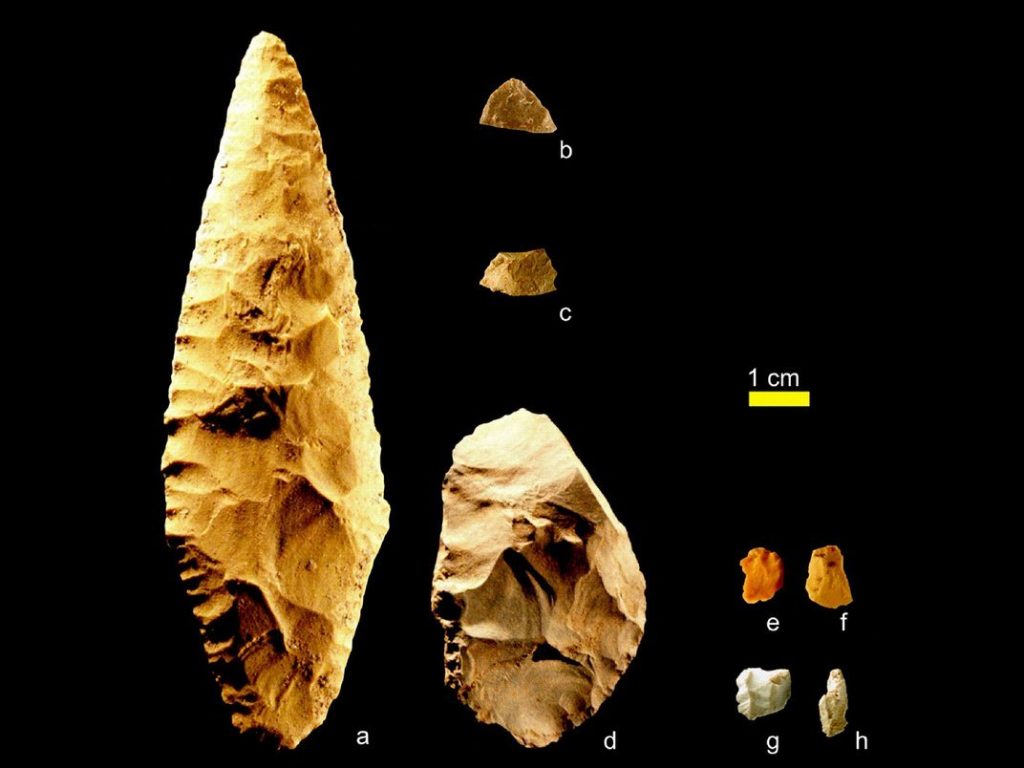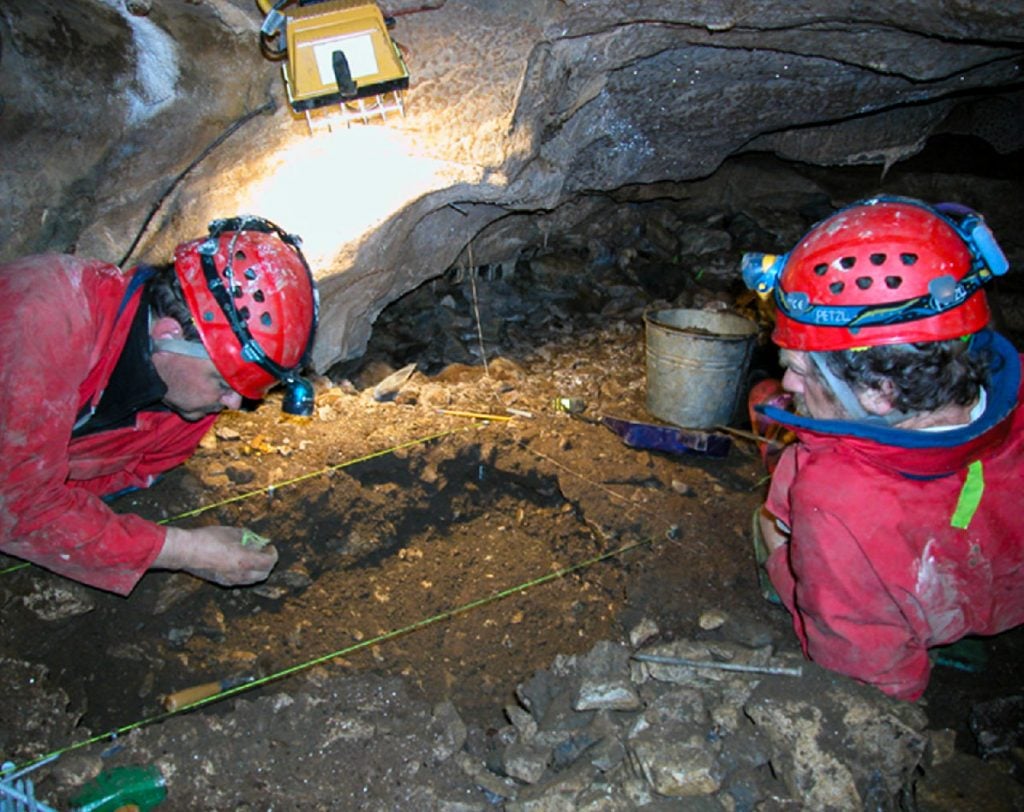Archaeology & History
The Discovery of an Ancient Canine Tooth Reveals Dogs Were Domesticated in the Americas at Least 13,100 Years Ago
Americans had pet dogs as early as 13,100 years ago.

Americans had pet dogs as early as 13,100 years ago.

Sarah Cascone

Archaeologists in Canada have discovered the oldest known evidence of domesticated dogs in the Americas. Among tools and other artifacts left behind by prehistoric humans, researchers found a dog’s tooth, which they radiocarbon dated to an astonishing 13,100 years ago.
The limestone caves of Huxley and Moresby Islands, part of the Haida Gwaii archipelago off north coast of British Columbia, have rarely been subject to excavations. More often, archaeologists are called to investigate ahead of planned development projects or at logging sites. But nearly two decades ago, Tim Heaton, a paleontologist from the University of South Dakota, unearthed a stone spearpoint in K1, a cave on Moresby Island, setting off a string of unexpected archaeological finds.
In the years since, the work has “developed into an incredible story that tells a huge amount about the history of the environment and people,” Daryl Fedje, an archaeologist at the Hakai Institute in British Columbia, told Hakai Magazine.
Supported by Parks Canada and the Haida Nation, excavations have continued on Huxley Island, at Gaadu Din 1 and Gaadu Din 2. Fedje team’s findings were published in the journal Quaternary Science Reviews.

Archaeologists found stone tools from roughly 11,000 years ago in limestone caves on Haida Gwaii, an archipelago off British Columbia’s north coast. Courtesy of Daryl Fedje.
The dog tooth is actually the oldest artifact identified in the caves to date, by about 2,000 years—but the presence of a domesticated dog necessarily implies human habitation.
Other finds include spearpoints and stone flake tools dating to about 11,000 years ago. The ancient hunters may have used them to kill and butcher their catch.

A dig in one of the limestone caves on Haida Gwaii. Courtesy of Daryl Fedje.
Archaeologists believe that prehistoric humans used K1 and Gaadu Din 1 as winter dens up to 13,400 years ago, while Gaadu Din 2, which is home to a hearth, appears to have been a temporary camp for hunters between 12,500 and 10,700 years ago. With this discovery, it seems safe to assume that man’s best friend would have been with them.